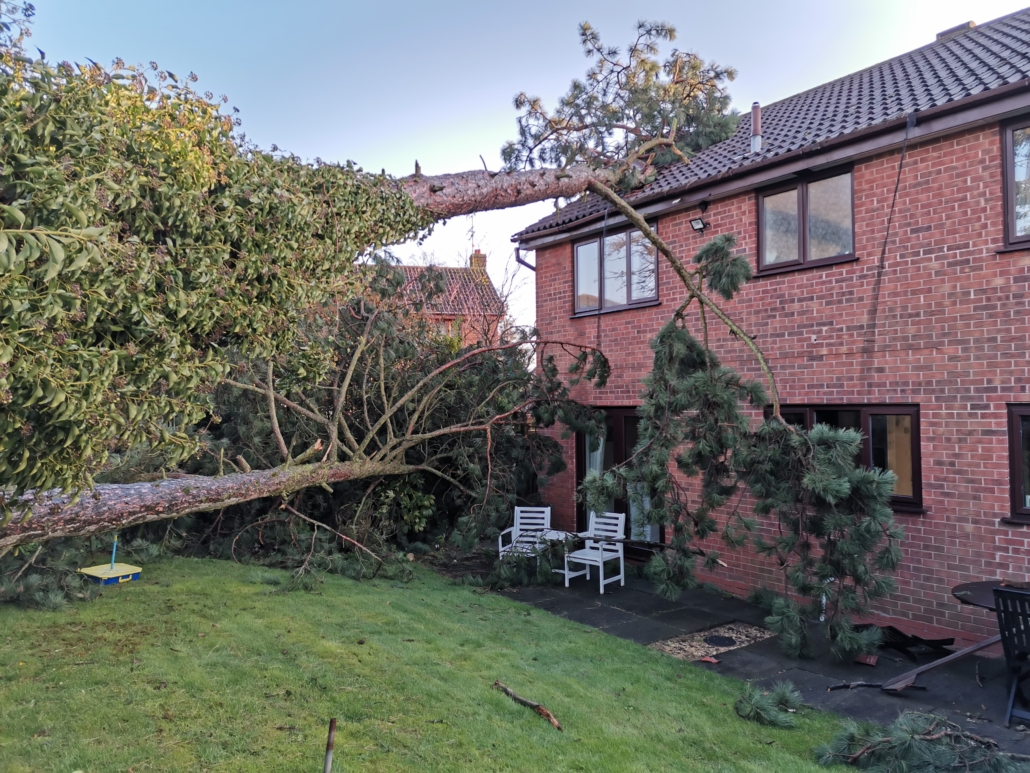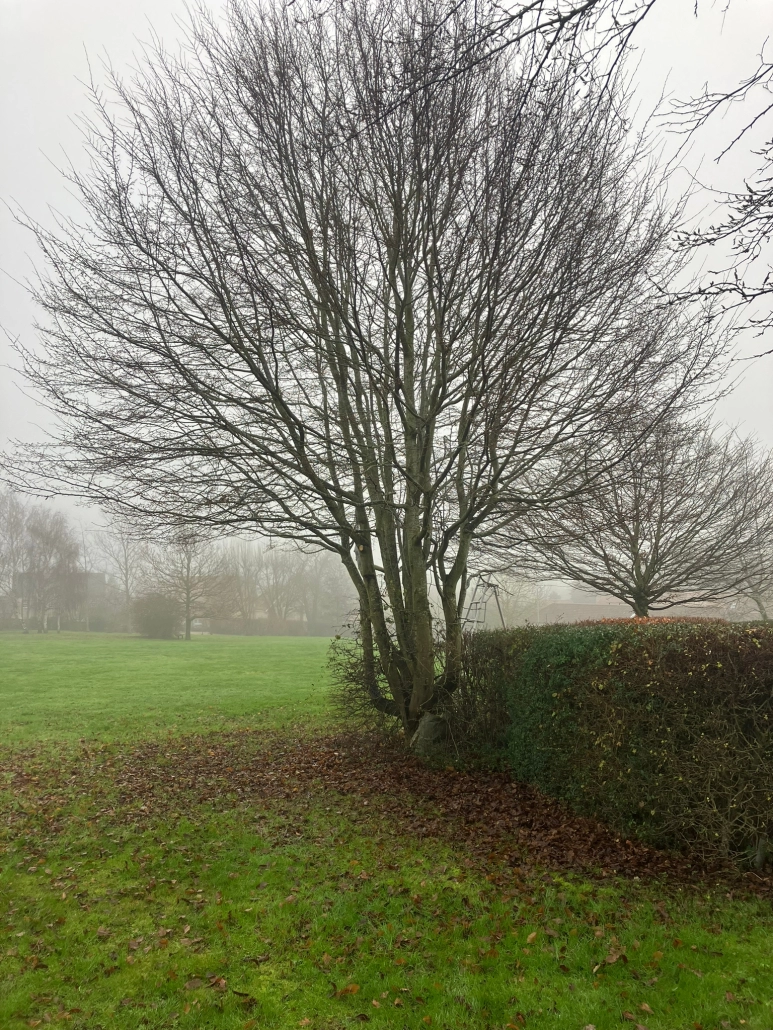The benefits of trees are vast. Firstly, trees are amazing for the environment. They are fantastic at removing carbon dioxide from the atmosphere, cooling air temperatures and are great for wildlife. Secondly, we all enjoy the aesthetic of a leafy green street or garden.
However, many tree owners are already aware of the risk trees can pose. This is especially important during times of turbulent and unpredictable weather.
Tree owners have a responsibility to ensure that their trees are healthy and stable. Therefore, they should ensure that any trees on their property do not pose a risk to people or property. Expert tree surgery can ensure that storm damage is prevented or minimised.
At Simpson Arboriculture, we have seen first-hand the catastrophic damage trees can do to homes and gardens during heavy storms. A falling limb can quickly destroy a garden fence or greenhouse. Moreover, a whole tree can cause huge damage to a roof or wall of a house, not to mention anyone unlucky enough to be nearby at the time.
Simpson Arboriculture have an experienced and fully qualified team of arborists who can help. With careful inspection, pre-planning and expert tree care, these worst-case scenarios can be pre-empted and avoided.
The Role of Tree Surgery in Mitigating Storm Damage
Structurally sound trees should be able to withstand high winds and heavy rainfall. However, if trees have a weak point, overgrown branches or an unbalanced crown, storms and gale force winds can cause trees to snap and break, or even become fully uprooted. This paints a worrying picture for any homeowner and the fear of such a scenario arising can cause a huge amount of stress and worry.
Assessing and identifying potential hazards
We would always suggest keeping on top of your tree maintenance. At Simpson Arboriculture, we will come out and assess your tree work needs and advise you on what is required to keep your trees strong and healthy. This can ensure that any potential issues can be addressed. We can then plan for our team to come back and carry out the work, hopefully before any bad weather.
Techniques for storm damage resistance
As with any tree surgery we carry out, this will depend on the tree. Any work that we suggest will depend on the size, shape and health of the trees concerned. However, strategic pruning, including crown thinning and reduction can help reduce wind resistance and minimise the likelihood of branches breaking or trees falling.
Get in touch about storm damage prevention
Our team at Simpson Arboriculture are always happy to discuss your tree surgery needs with you and advise on what work might be needed. We can help keep your trees strong, stable and minimise the risk of storm damage. You can get in touch with us via our website anytime, or give us a call in the office to discuss.







